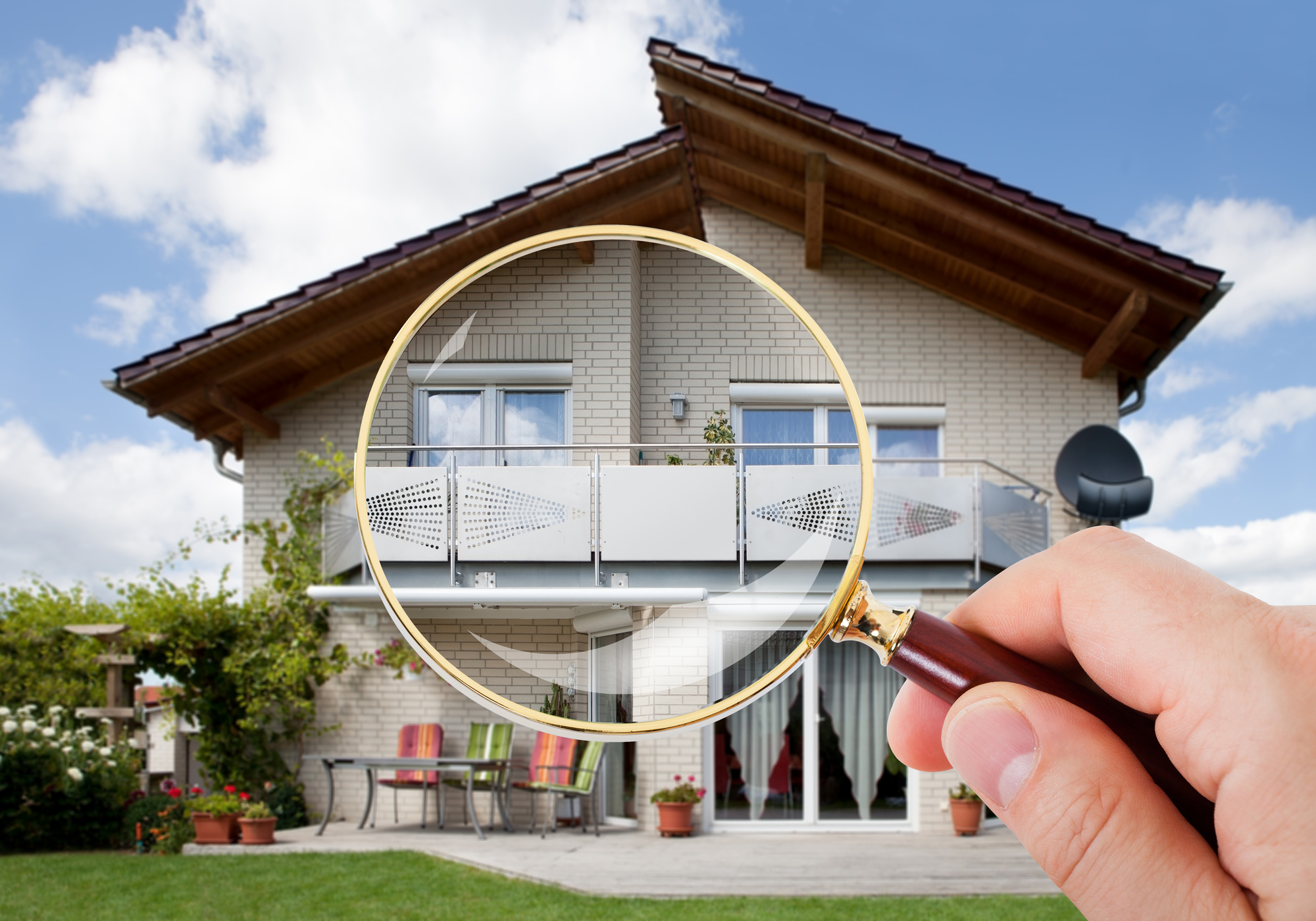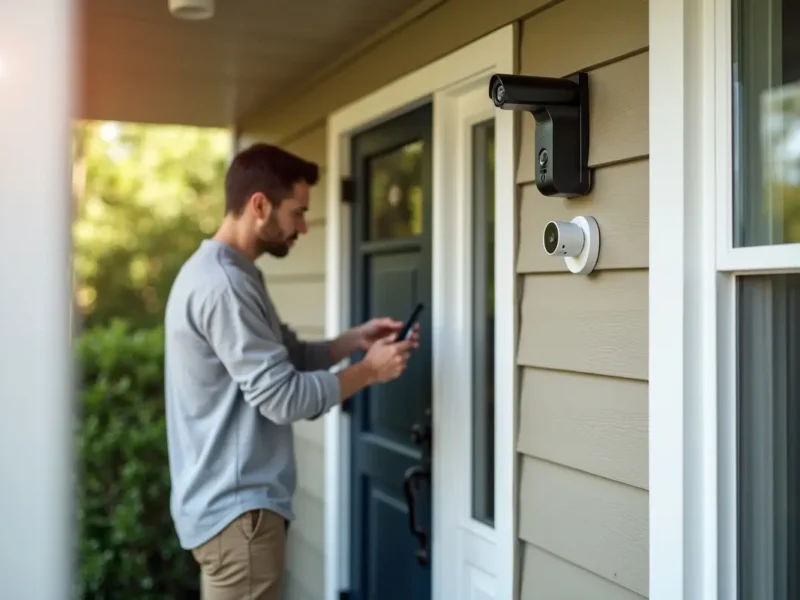If you’re getting ready to buy a new home, one of the best ways to make sure it’s the right fit for you is to hire a home inspector.
A thorough home inspection can help you discover any major issues that you’ll need to settle before closing. To get the most out of your inspection, it’s important to enlist the help of an experienced home inspection checklist.
Read on to learn more about what you should include in your checklist for home inspection and avoid common home buyer mistakes.
Contents
Basic Structural Elements to Check
When conducting real estate home inspections, there are many basic structural elements to check. You should check the walls, ceilings, and floors for any signs of deterioration. This includes broken tiles, warped boards, signs of water damage, or foundation issues.
Also, inspect the doors and windows to ensure they are securely mounted and in good condition. All stairs, handrails, and guardrails should be checked to make sure they are stable. Additionally, check any type of beam or joint to make sure it is able to support any loads placed upon it.
Potential Roof and Exterior Issues to Inspect
It is important to inspect the shingles, flashing, skylights, gutters and downspouts, valley flashings, and any vents. If there are any gaps or evidence of water damage, repairs should be made. Also, gutters should be inspected for clogging and water runoff.
Exterior walls should be inspected for cracks and mold, and the caulking should be checked for cracks. It is important to inspect the sealant around windows and doors to ensure it is not loose or cracking.
Finally, checking for any excess moisture around the foundation is important for the safety of your home. By conducting a thorough roof and exterior inspection, you can protect the integrity of your home.
Attention to Plumbing Points
Attention to plumbing points is very important in any household. It can save you a lot of money and avoid major disasters. Taking notice of the little signs of water damage and mold growth can prevent future issues.
Taking time to identify and address small issues, such as dripping faucets, can also help you to avoid larger plumbing issues down the line. By keeping a close eye on your plumbing and dealing with minor problems quickly, you’ll be able to ensure that your home’s plumbing system continues to function properly for years to come.
Avoid Home Buying Mistakes by Making a Checklist for Home Inspection
A good checklist for home inspections should include an inspection of the roof and attic, plumbing, electrical, and living spaces and fixtures. Additionally, it should identify any active or potential safety concerns, as well as any energy efficiency features.
An inspector’s evaluation of a home using a checklist can save money and future headaches. Make sure to use a thorough checklist when inspecting a home to ensure that you catch any potential issues.
Have this article helped you out? If you’re looking for more information, check out the rest of our site.



